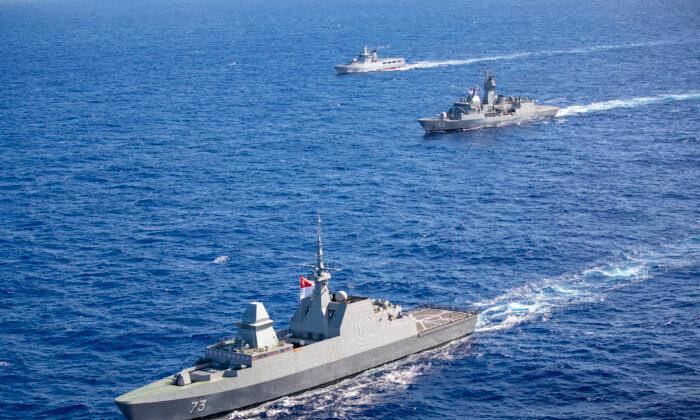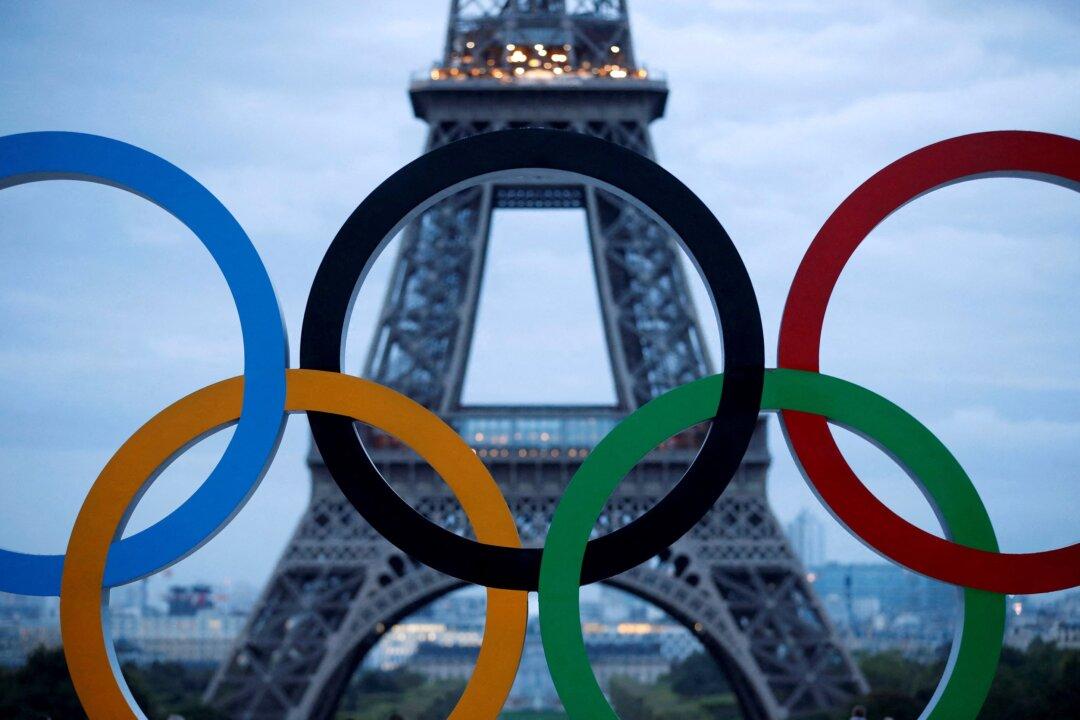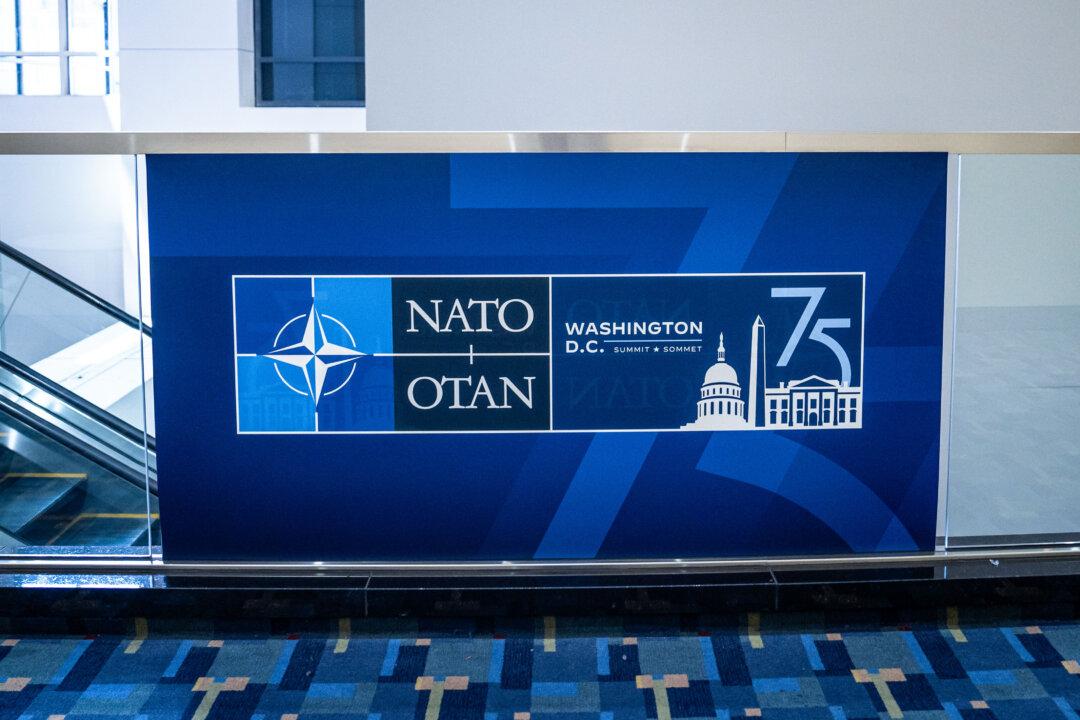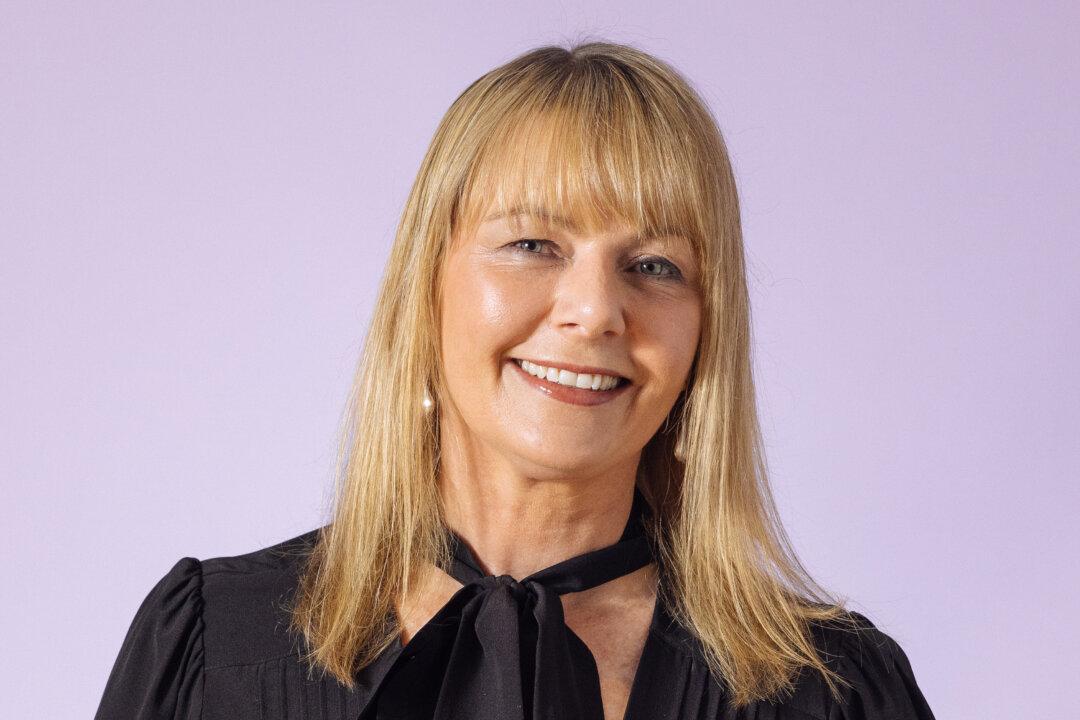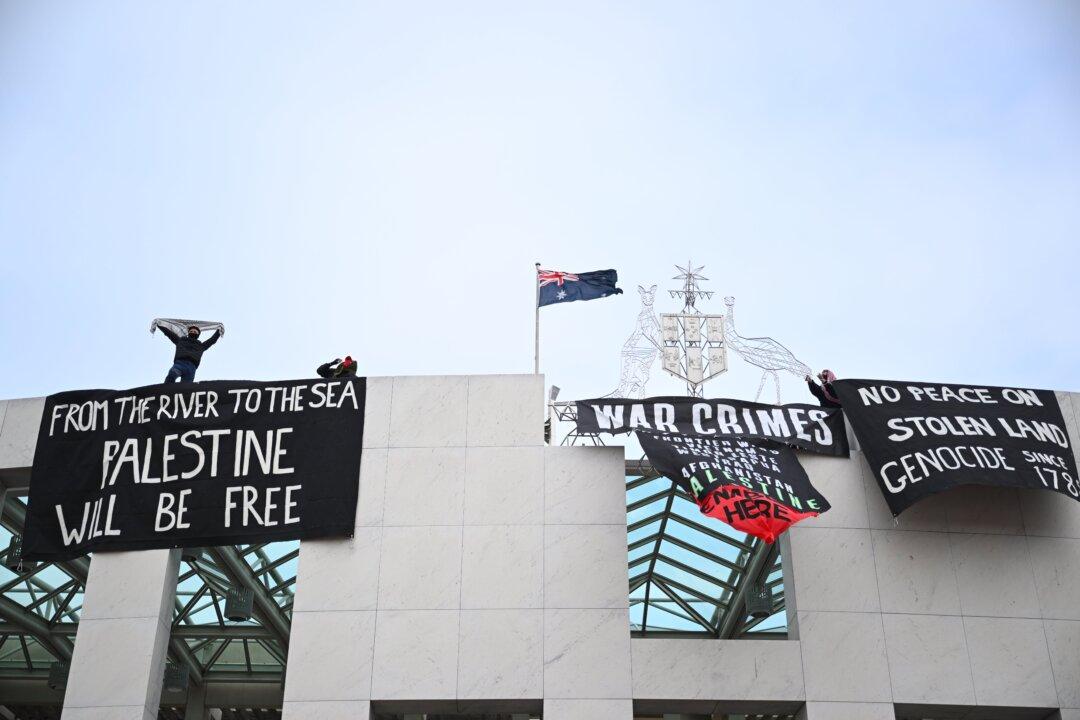Four Royal Australian Navy vessels and almost 700 Australian Defence Force (ADF) personnel have arrived in Hawaii ahead of the world’s largest naval exercise: the Rim of the Pacific Exercise 2020 (RIMPAC).
This year’s RIMPAC has been scaled down with the number of nations reduced from 26 to 10.
Due to COVID-19 restrictions, the event will only involve maritime exercises over a two-week period, and no land-based activities or social events.

“The government recognises the importance of our maritime forces as a vital element of our defence strategy, and exercises such as this are key to further enhancing our capabilities,” Reynolds said.
The exercises will involve 22 surface ships, one submarine, multiple aircraft, and around 5,300 personnel.
Participating forces will engage in simulations of multinational anti-submarine warfare, maritime intercept operations, live-fire training events, and other cooperative training opportunities.
Held biennially, this year’s RIMPAC includes forces from Australia, Brunei, Canada, France, Japan, Republic of Korea, New Zealand, the Philippines, Singapore, and the United States.

Sascha Bachmann, professor of law and hybrid warfare expert, told The Epoch Times on Aug. 20, that despite the 2020 event being scaled down (from 47 navy vessels to 22) it nonetheless still sends a “strong signal of maritime warfighting capabilities” to Beijing.
Bachmann said Beijing’s army and naval forces have shown “increased aggressive behaviour” in the region, namely around Taiwan and its activities in the South China Sea.
According to Commander of U.S. Pacific Fleet, Adm. John Aquilino, the increasingly tense security environment in the Indo-Pacific required like-minded nations to “join forces to build trust and collective strength to ensure a continuing free and open Pacific for all nations.”

Australia has contributed a sizeable force to this year’s event, with the nation sending the second largest contingent.
“The United States as the lead nation with its navy has sent eight surface ships. It also highlights Australia’s growing role as a middle power by being the second largest contributor with four surface ships,” Bachmann added.
Commander of the Australian Contingent, Captain Phillipa Hay said RIMPAC is a “real test of Australia’s maritime military capability, from warfighting exercises to the missile firings.”
Australian vessels HMAS Hobart, Stuart, Arunta and Sirius, which have recently been part of a regional deployment in Southeast Asia, will take part in RIMPAC.
RIMPAC has been running since 1971.
